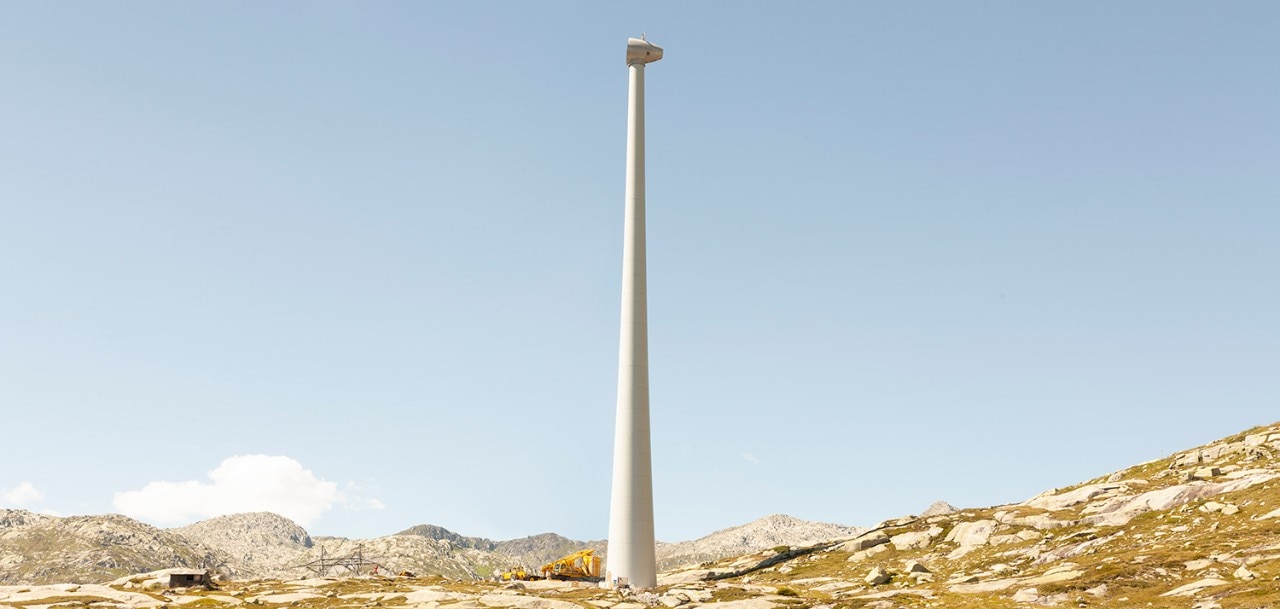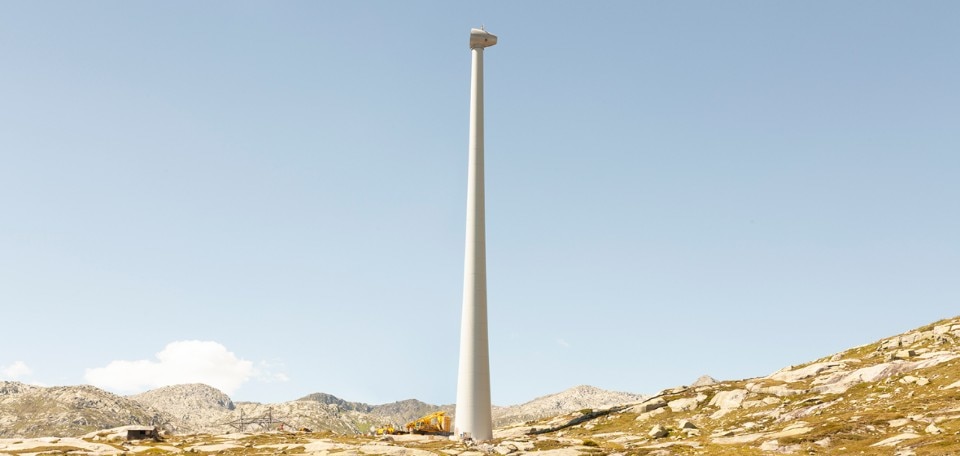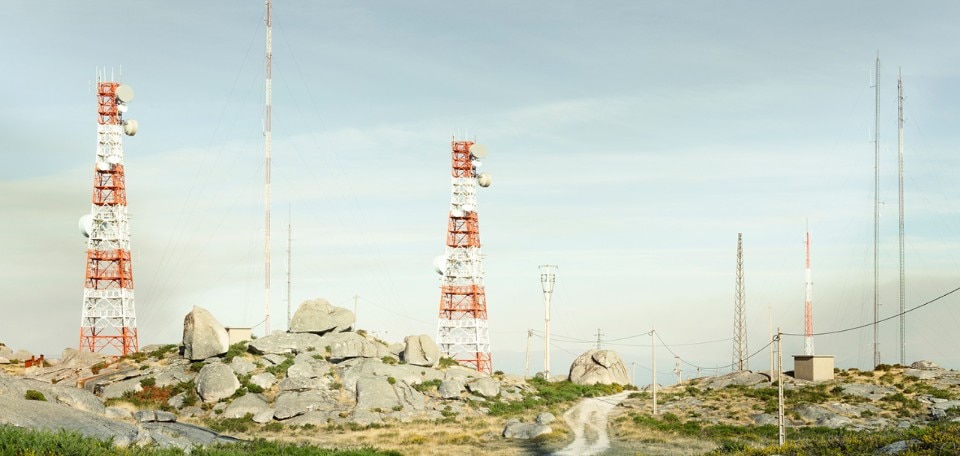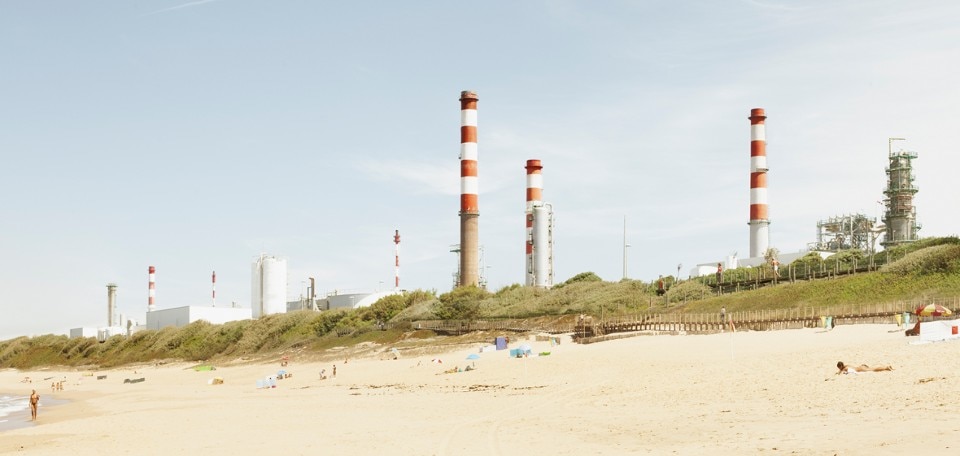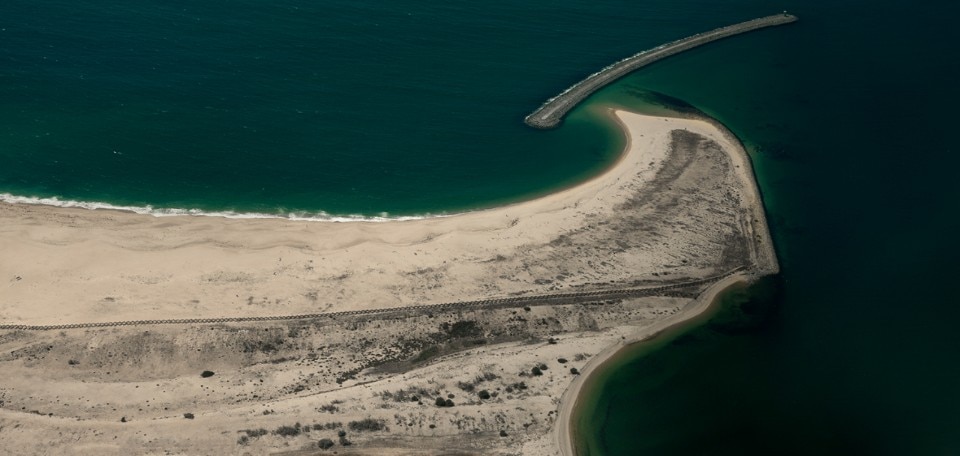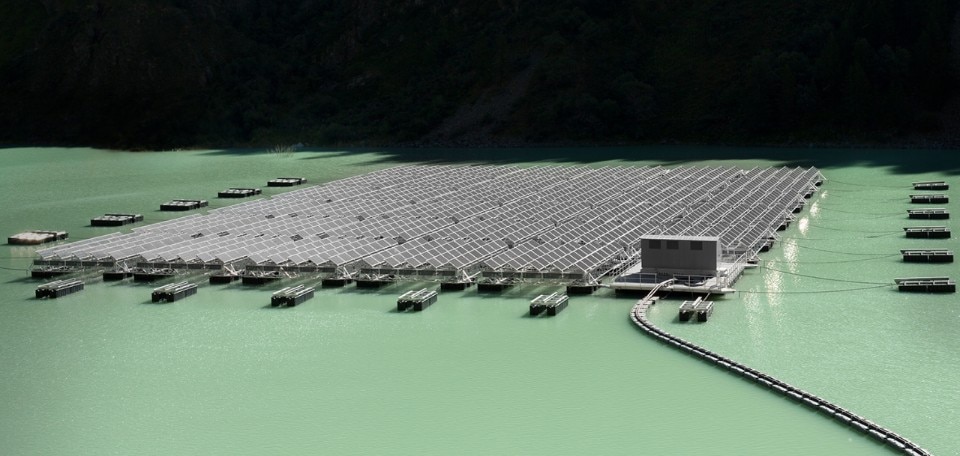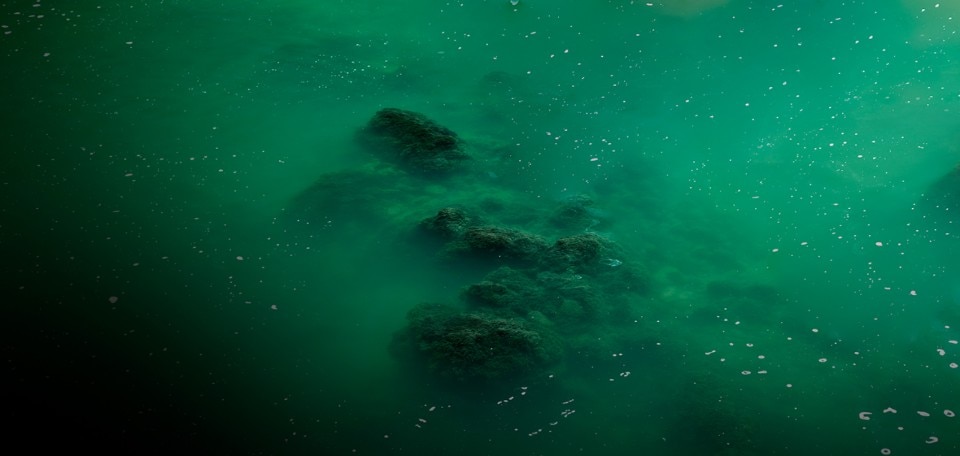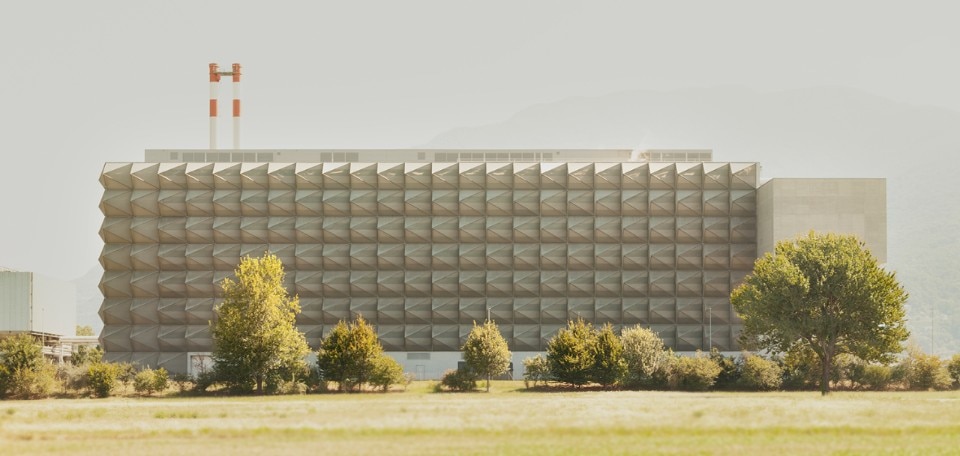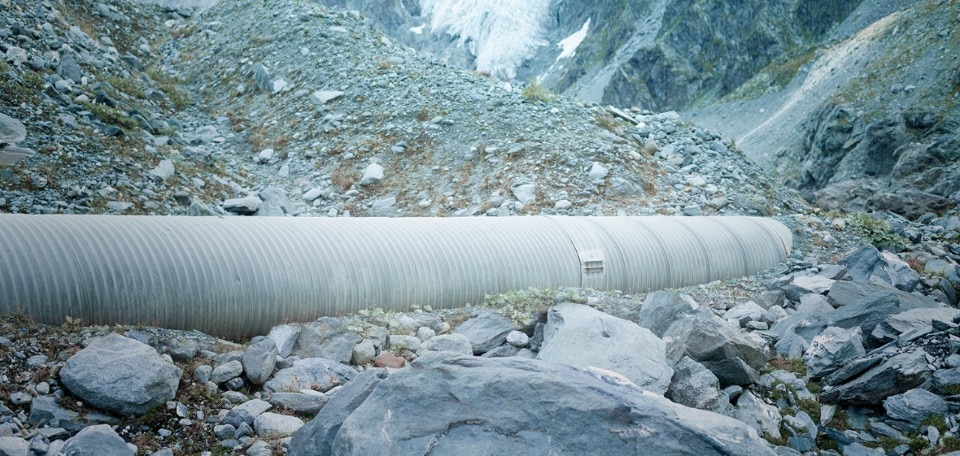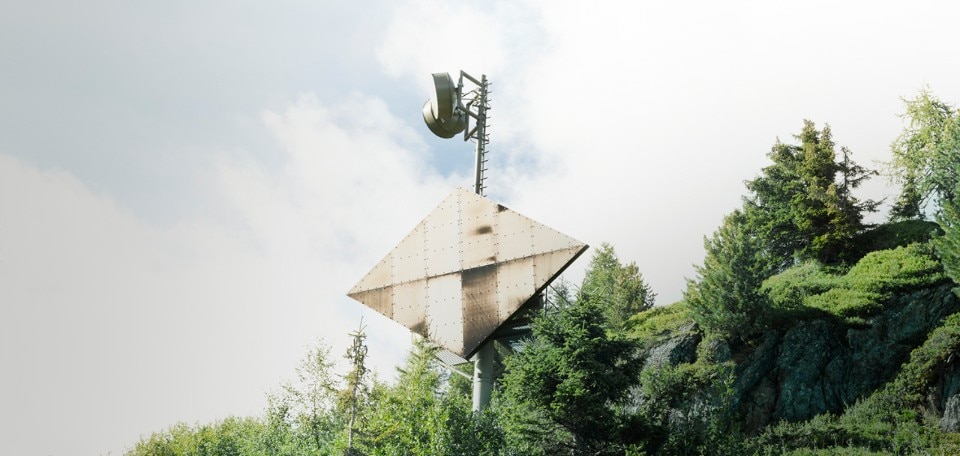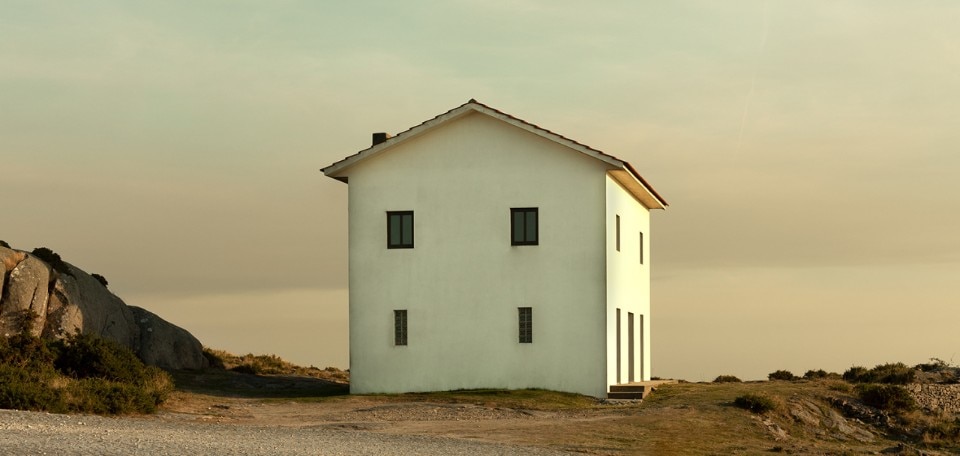The word Anthropocene has not even had time to settle into our lexicon, when a series of alternative definitions—supported by increasingly stimulating concepts, theories and statements—are already undermining its validity.
The fortunate neologism coined by Crutzer and Soermer at the beginning of our millennium, which then went viral, has been joined over time, with more or less success, by Norgaard's Econocene, Pyne's Pyrocene, Tsing's Plantationocene, Chertkovskaya and Paulsson's Growthocene, and finally by the Capitalocene of the British sociologist Jason W. Moore (who, in criticising and stigmatising all the other definitions, recognises in the Anthropocene at least «the power of its narrative [and] the virtue required of all Great Ideas: timing»).
And if, on the one hand, the theory destined to definitively weaken all the others is most probably the one of hyperobjects by Timothy Morton, which in some way undermines the very system in which man sets himself up as the sole custodian of the right to define the world, it is on the other hand quite evident that it is precisely anthropogenic actions—of which, for example, the hyperobject represented by global warming appears to be a direct consequence—that favour processes such as the so–called spillover, almost certainly at the root of the most recent—as, in the past, of more than one—pandemic.
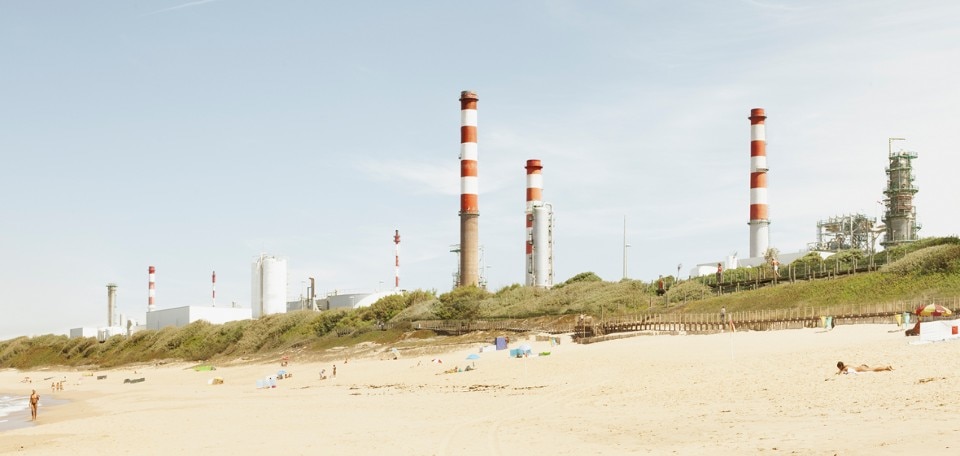
Right from the title of her latest project, Portuguese photographer Karina Castro seems to have no doubts: Human Domination on Earth is in fact a calm but incisive visual reflection on the evidence of anthropic impact on the landscape. With the slow pace of long–term work, driven by theories whose validity must necessarily be verified in the field, the Milan based visual researcher is collecting a long series of concrete examples of how man has modified, is modifying and is destined to modify the planet on which his evolution began and, perhaps, will end.
Some of the photographs reflect a specific relationship between content and container, and are the result of a selection made during the pre–production phase. In others, however—and herein lies one of the most interesting features of the project—the relationship between meaning and signifier lives on a greater lightness, a synthetic capacity—at the limits of stylization—which, although still strongly illustrative, paradoxically expresses a very evident metaphorical potential.
Following in the footsteps of masters such as Robert Adams, Edward Burtynsky, Richard Misrach or Armin Linke, and alongside younger and promising artists such as Lucas Foglia, Charles Xelot, Matjaz Krivic or Yan Wang Preston, or our own Alessandro Grassani, Luca Quagliato, Marco Zorzanello or Marina Caneve, Castro crosses territories disputed between conservationism and exploitation, such as the mouth of the Douro, the Serra de Arga or the beaches of Matosinhos, in Portugal, and makes small but surgical incursions into Switzerland and Italy, in search of circumstantial examples useful for her research, such as sites of spillage or waste storage.
There is no shortage of sweeping views of wind farms, forests and coastlines that are threatened or defended, a borderline topography where the boundary between negative and positive acts is sometimes, even deliberately, blurred, just as the tone of our intentions and actions is often blurred.
What dominates over everything is the feeling that Castro's focus in this decidedly ongoing project (on show from 26 July at the Royal Geographical Society in London in the group show Eartth Phoro 2021), is on the places where the silent but monumental battle between man's two main interests, so similar and yet so strangely at odds with each other, is taking place: the one between prosperity and survival.


